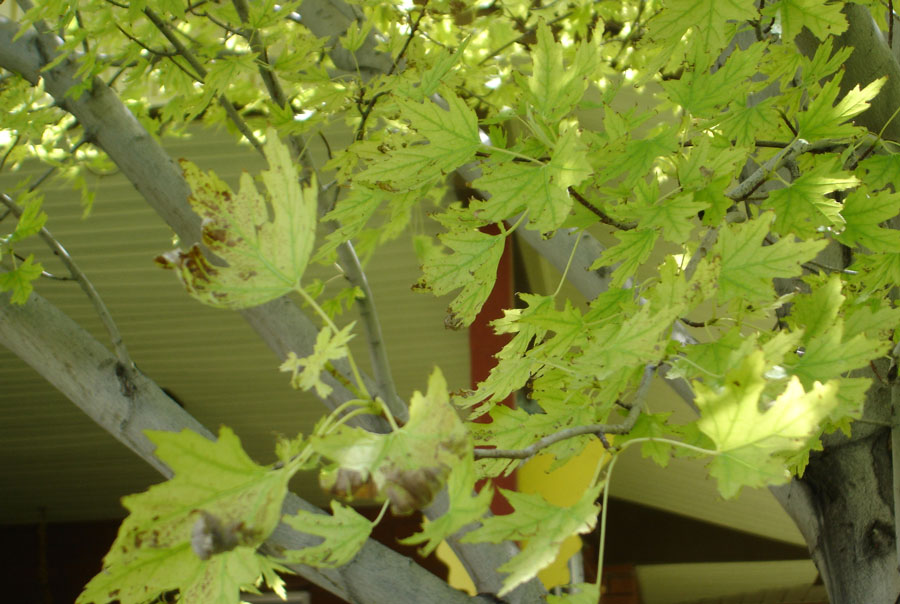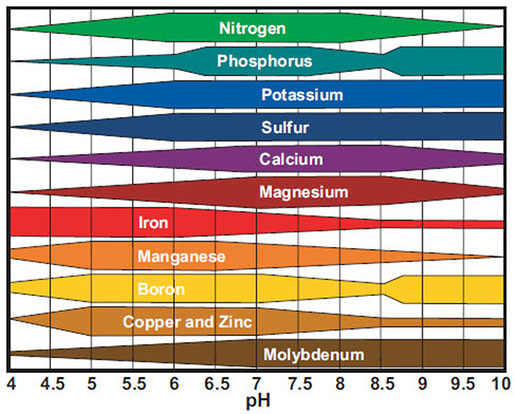Building up your soil this fall
Published at
Our autumn weather is quite unpredictable.
Hopefully, we will recover from recent snows and still have a little time for fall yard work.
This last season I did not till my garden at all and it performed beautifully. I did my normal fertilizing, weed control activities, hilling my potatoes, and applied good organic matter to the soil surface. I’ve always had section of my garden that I didn’t till, but this year I didn’t even till where I planted my potatoes.
Intermountain West soils tend to have a high pH and low organic matter. Our typical soil pH ranges from 7.2 to 8.2 (alkaline soils). The reason for this is the high amounts of calcium in our soils. In addition, our irrigation water has mostly filtered through the soil, so our water pH is also greater than 7.2. The higher you get into the mountains, the lower your pH will usually be.
The challenge with alkaline soils is that some nutrients, most notably iron, gets tied up in the soil chemistry. Certain plants have difficulty pulling the iron from alkaline soil. This is why we see a number of plant species showing iron deficiency in mid- to late-summer in eastern Idaho. Manganese, copper and zinc deficiency symptoms may also show up in alkaline soils (see the nutrient availability chart below).

Because our soils are calcium-based, and calcium is a strong buffer, there is very little we can do chemically to reduce the soil pH. While sulfur can be added to achieve a temporarily drop, it is not economical to apply the amount of sulfur needed to effectively drop the soil pH for a reasonable amount of time. Regular application of chelated iron (EDDHA formulation) will help, as the chelated iron does not tie up as readily in the soil chemistry, remaining available for plant use.
There is a silver lining in that decomposition of soil organic matter will lower the pH of the soil over an extended period of time. However, research indicates that conventional tillage, regardless of organic matter supplementation will often result in a higher pH than neighboring soil that is not tilled. Tillage introduces more oxygen into the soil, which “burns up” the organic matter faster and the pH jumps back up. A better practice is to allow plant roots from annual plants to decompose naturally, and introduce organic materials to the soil surface. The microorganisms will slowly break the organic matter down and incorporate it into the soil structure.
Life in the soil is amazing. Excessive tillage disrupts the soil ecology. The soil system has natural checks and balances for pest issues, and fall is a good time to apply some soil-building principles.
So, what can we do about it in our yards and gardens?
Find ways to reduce tillage and add 2 – 4 inches of organic matter every year to help improve your soil. When possible, allow the microorganisms to do the tilling for you. Have fun getting your garden ready for next year.

In the Garden is sponsored by ProPeat, which is dedicated to delivering solutions for any of your professional fertilization needs. Whether you need to reduce the harm to soils and the environment, or you're interested in the latest nitrogen, carbon and biochemical technologies, ProPeat is the perfect fit.


